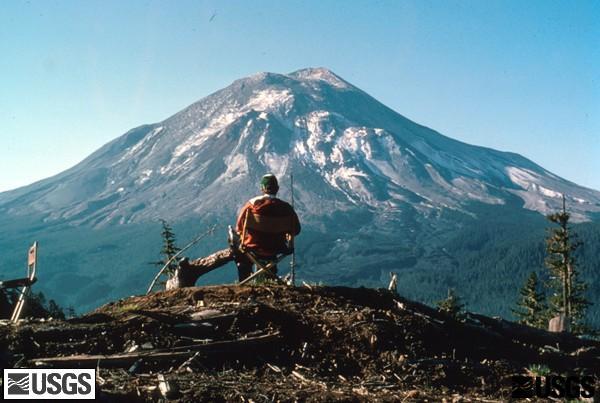More than 400 earthquakes have been recorded near Washington state’s Mount St. Helens since mid-July, although officials have said there are no signs of an imminent eruption.
According to the U.S. Geological Survey (USGS), most of the quakes over a three-month span beginning in mid-July were less than magnitude 1.0 and too small to be felt at the surface. Small magnitude earthquakes detected with sensitive equipment signal a volcano is “recharging” as magma flows through chambers and cracks deep underground, Wes Thelen, a volcano seismologist with the USGS’s Cascade Volcano Observatory told The Columbian newspaper this week.





